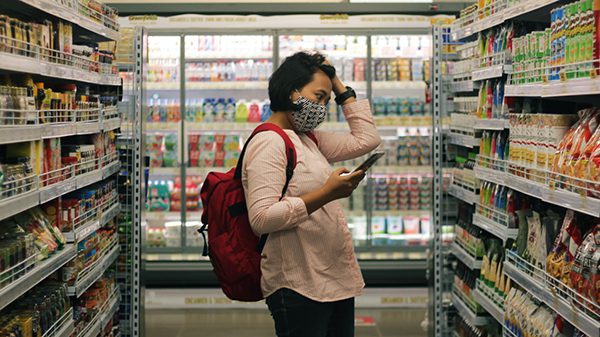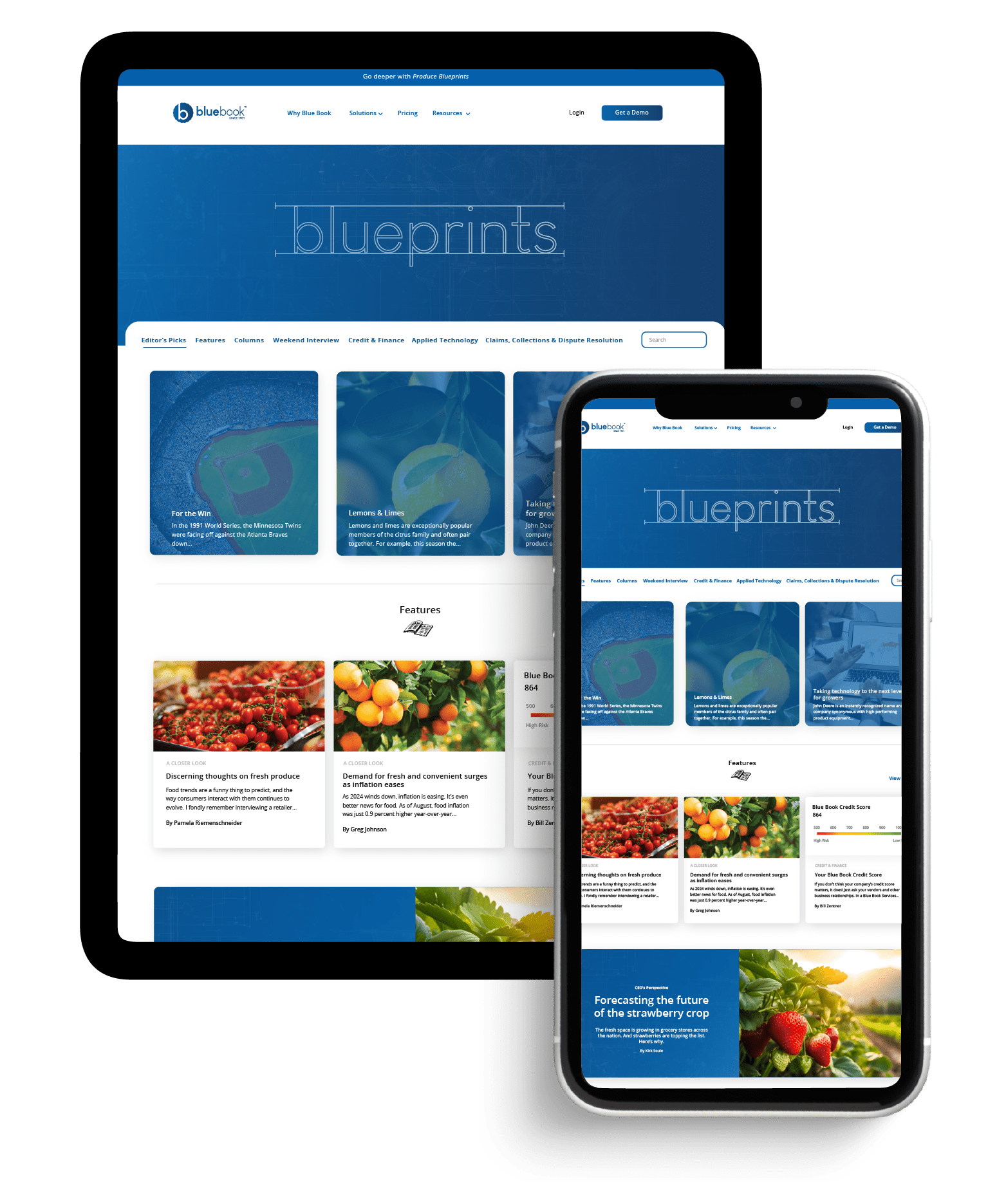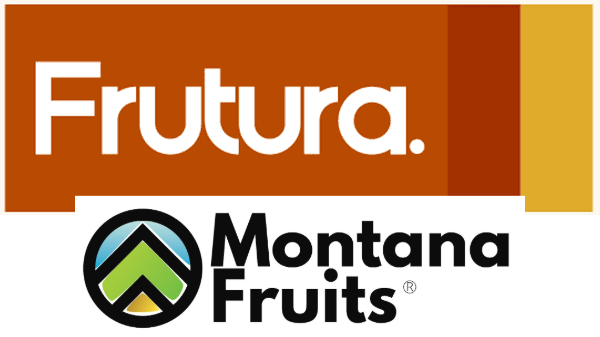
A number of questions face the industry when it comes to consumer behavior in 2022:
Will consumers continue shopping online?
“One challenge [prior to Covid] was the feeling that consumers needed to see, touch, and pick out their produce,” says Matt Seeley, CEO and co-founder of the Organic Produce Network, LLC BB #:338018.
“This past year has alleviated the doubt about quality and selection online; consumers are comfortable with others selecting their fresh produce.”
The Feedback Group’s national consumer research survey for 2021 backs this up, showing that 62 percent of shoppers now purchase produce online, up from 42 percent in 2018. Principal Brian Numainville expects this number to climb. Still, research shows that the produce department tends to be where quality issues happen.
“Online purveyors of fresh produce need to make sure that the best quality items are picked and provided to online shoppers,” he says. “Work remains for the channel to continue to strengthen online offerings, despite the investments that many supermarket retailers put into improving their online shopping capabilities during the pandemic.”
Of course, not all categories work well in an online setting. “Online channels for fruit, like berries, are a difficult opportunity because of cold chain and handling requirements,” points out Jill Overdorf, director of business development and foodservice, at Naturipe Farms, LLC BB #:165382.
“However, we have seen strong sales of berries through click-and-collect platforms utilizing pickup or delivery (as opposed to shipment).”
Will consumers continue to cook at home post-pandemic?
Research by the Feedback Group indicates they will. Numainville sees opportunity for the grocery channel, especially in prepared foods. “Our research shows that when shoppers were asked to compare their supermarket’s prepared food to similar restaurant food items, the findings were favorable for supermarkets.”
Will inflation impact demand?
“During this inflationary period, we will, of course, see produce price increases in 2022,” notes Jin Ju Wilder, director of marketing and business development at Vesta Foodservice BB #:125924. “What we don’t know is if these are transitory increases or if the prices will stay at the new higher levels.” With prices increasing throughout the supply chain, most observers believe the costs will certainly be passed along to consumers.
How can the industry increase consumption?
Wendy Reinhardt Kapsak, president and CEO of the Produce for Better Health Foundation, BB #:157162 says elevated sales early in the pandemic did not necessarily translate to consumption. “The pandemic encouraged many consumers to search out healthy things, and fruits and vegetables are one of those—but they’re buying more potato chips, too. It’s hard to reconcile sales data with fruit and vegetable consumption.”
One marketing message that may help in times of stress and anxiety is highlighting the connection between produce and an elevated mood, which was recently promoted in a PBH campaign.
“Emerging research shows food makes a positive contribution to good mental health,” Reinhardt Kapsak says, noting that enjoyable experiences with fruit and vegetables drives repeat purchases and long-term habits.
What’s the future of foodservice?
Wilder believes many foodservice sectors will come back in 2022, but not to full strength. Everything from colleges to bars to schools to restaurants is likely to return, but with streamlined menus, shorter hours, and more to-go offerings. Another challenge according to Wilder: many suppliers, including growers, are shipping more pack sizes and varieties of specialty produce to retail rather than foodservice now, leading to shortages.
Experts stress the need to get fruit and vegetables into the hands of all consumers, in any way possible. “We must continue to drive consumption of fresh produce through every channel,” stresses Tom Stenzel, co-CEO of the International Fresh Produce Association. “That means increasing access in schools, through other federal food programs, and directly at retail and foodservice.”
This is an excerpt from the cover story of the January/February 2022 issue of Produce Blueprints Magazine. Click here to read the whole issue.







